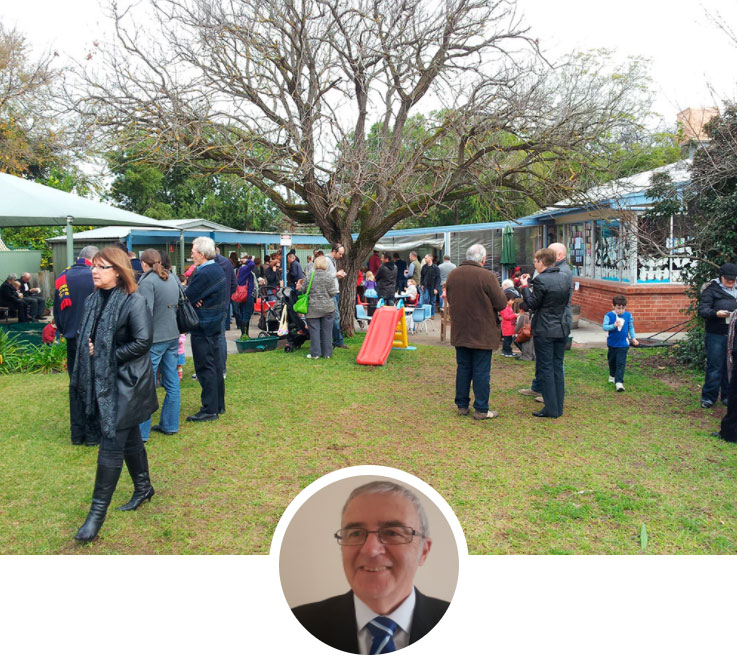I read with interest a letter to the editor in the Hills & Valley Messenger today by Mr Pearce admonishing Mr Bellchambers who is the public spokesperson for the no Dams group.
I did not see the previous correspondence but it appears that resident groups are now engaging in open warfare with each other. And these three groups are all on the same page….”how dare you interrupt my street, my neighbourhood.
Until now the angst has been against the Councils, originally the Mitcham Council for supporting the “no dams” group who are Mitcham residents. It then turned on Unley as the “save Our Streets” group formed to prevent culverts down their streets.
Unfortunately the Brownhill Creek Flood mitigation solution continues to be misconstrued and misrepresented by those not directly involved in working through the design criteria. Many have incorrectly the motives of the Councils as the work to develop solutions proceeded. The solutions have involved engineering challenge that require a lot of work to develop.
The article can be found at this link and is by a member of SOCKET, Mr Tom Pearce. SOCKET stands for Save Our Creeks Environs Trees. They are the third group to get involved in what is now a public debate over what should happen to flood proof the Brownhill Creek Environs.
The first was Mr Ron Bellchambers “No Dam” group. As the first group to get involved they mustered up Adelaide wide support to save the the area proposed for “a” dam. I am aware that people now representing the other two groups, without realizing the cost to them signed the no dam petition.
When the 5 councils then determined that they could agree on the 80% of the consultants recommendation that could proceed with or without the dam to see if there were alternatives to providing a dam we enraged another group. Please note that this was not the 5 councils agreeing on a no dam solution. It was agreeing on what we could without taking into account the dam.
When this decision was made we determined that we had to do the research necessary to determine if a culvert based solution was workable or not.
I personally always felt it was not feasible, but given many did and given the State wide outrage against the dam, the work had to be done to prove it one way or the other.The trouble was when this was commenced it was seen by a group known as Save Our Streets as selling them down the creek as it where. It would have been irresponsible for the Councils not to undertake this work.
And now as we examine the prospect of what may be able to be done to the creek itself and I note that some work was always going to have to be done to the creek, whatever else was done, a third group is up in arms. They too have indicated they believe we are using them to avoid a dam.
And if I read the letter to the editor correctly there is a belief out there that this exercise is about saving money. We will have to wait and see on that one. I would not mind betting (not that i am a betting man) that we may see the costs escalate.
I feel for all the members of all three groups. They have their own environment to protect and good on them.
What I do say is the 5 Councils will continue to do the research they need to determine what is the BEST solution. And as we do I encourage members of all 3 groups to put your case forward as your input is invaluable as part of the research into the most suitable solution.
As we (the 5 Councils) await the next stage of finding an appropriate solution) I wonder what the cos will be and I wonder how this will compare with the costs to society of a 100 year flood. I ponder this because the cost to do the project appears to me to be escalating and with new flood data suggesting the 100 year flood will not be as significant as first thought (thanks to new data available from the Bureau of Meteorology) the potential flood damage costs would appear to be reducing.
Interesting?

Comments